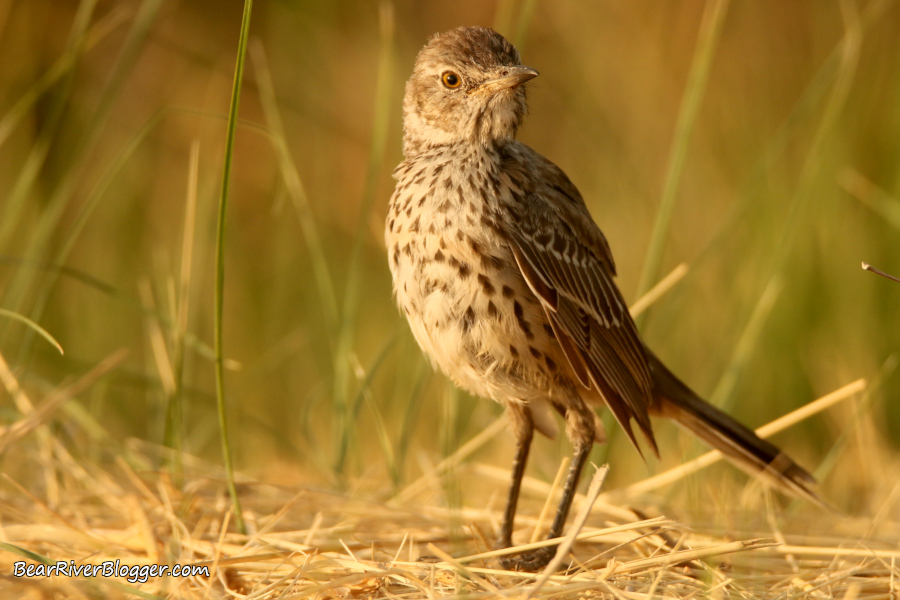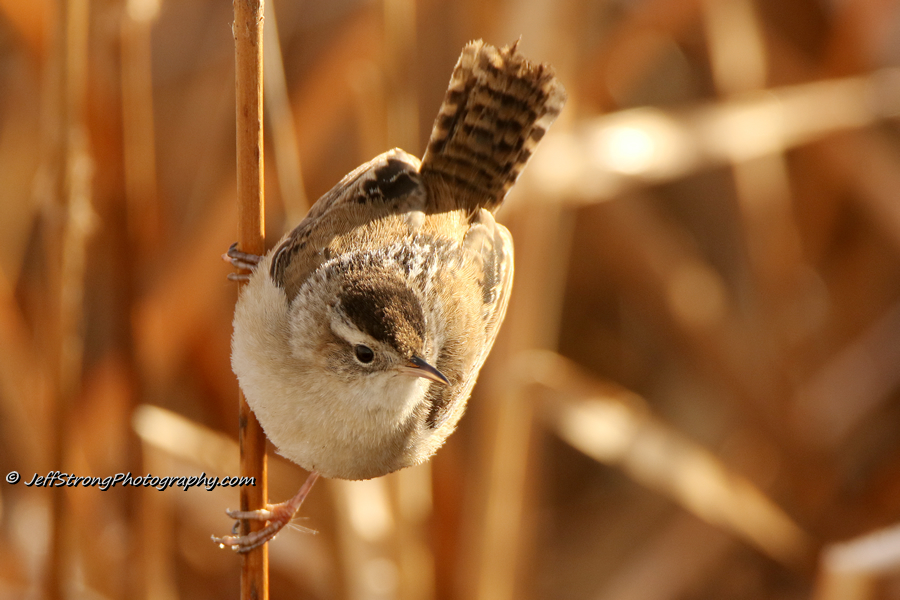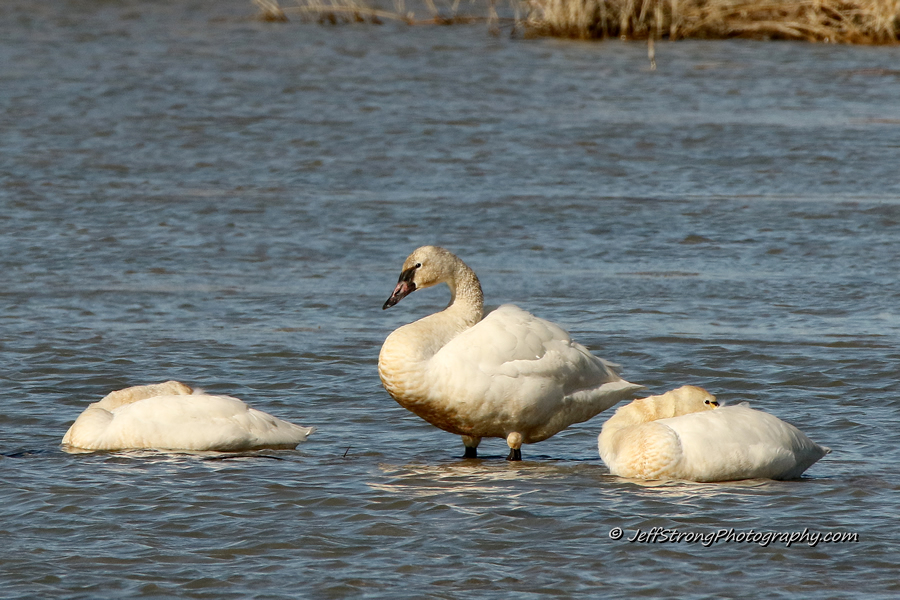2024 has certainly been an up-and-down-again kind of summer for birdwatching, at least for me that is.
The reason for this is many of my birding trips to the Bear River Migratory Bird Refuge auto tour route this year have been kind of, well, sporadic at best, even disappointing on several occasions during the past couple of months or so.
I’m attributing part of that, not all but some, to the extreme heat northern Utah has been facing this summer as triple-digit temperatures seem to be the norm and not the exception this year with at least another month of blistering afternoons still on tap before the much anticipated and welcomed fall season can fully settle in for a spell.
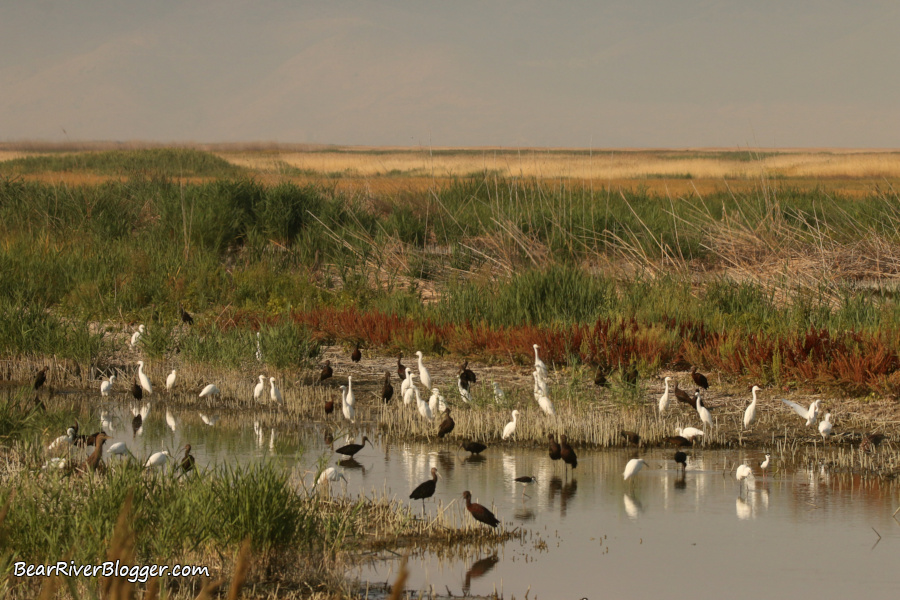
Earlier this year during March, April, and early May, long before the dog days of summer set in, birdwatching on the refuge auto loop was quite spectacular with large numbers of birds lining the refuge road and waterways as spring migration was in full swing.
It seemed each and every morning I visited the refuge back then I came across a new sighting for the year as different bird species migrating back to the refuge to breed, or just to feed for a few weeks along their journey further north, were showing up almost daily.
But as it does every year, things on the refuge “settle down” once spring migration is over and birds start tending to their nesting and breeding duties.
This year, however, the birds not only settled in but just plain disappeared as birdwatching on the auto loop almost immediately went flat, to put it mildly.
That’s not to say the common birds, great blue herons, red-winged blackbirds, American avocets, and the like weren’t around, they most certainly were, but they as well as many other birds just weren’t around in the numbers I am quite accustomed to seeing each summer, not even close.

In fact, once the midges subsided and the annual spring feast was over, the auto loop turned pretty quiet for the most part with only an occasional bird sighting here or there.
For example, there were mornings I’d drive the loop without seeing a single bird for at least the first half of the drive and it wasn’t uncommon either to drive the whole 12-mile gravel road without finding a single great blue heron, one of the most easily found and photographed birds on the refuge during the summer birding season.
Suffice it to say, this summer has been pretty slow overall for birdwatching on the refuge but that is starting to change as yesterday my trip to and around the Bear River Migratory Bird Refuge auto tour route was definitely a stark contrast to how many of this summer’s previous birdwatching trips have been.
On my way to the refuge yesterday morning, passing by some local corn fields that are starting to show some height, large flocks of yellow-headed blackbirds were seen for the first time this year off the refuge as they searched the stalks for corn earworms to feed upon in these large agricultural fields.
When the yellow-headed blackbirds leave the refuge after the breeding season is over and head for the corn fields, it’s a tell-tale sign summer is coming to a close and they will soon be migrating south to Arizona, New Mexico, Texas, and northern Mexico to spend the winter.
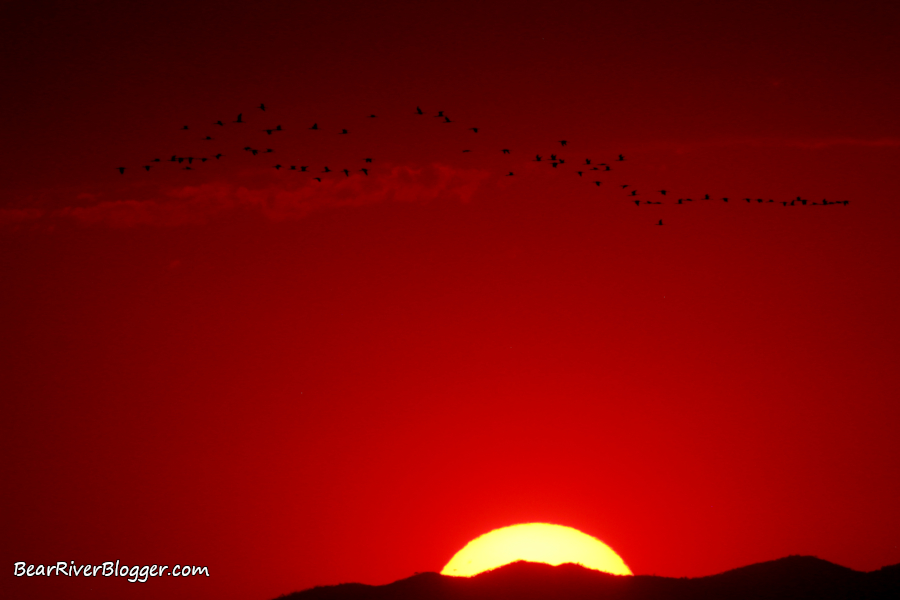
Another sign fall is quickly approaching is the white-faced ibis that congregates to feed early morning and late evening in irrigated fields and pastures with several hundred or more, even a thousand at times, birds flying in large flocks that fill the sky as they head back to the Bear River Migratory Bird Refuge wetlands at night.
For sheer numbers of birds, these late-summer congregations of white-faced ibis can, at times, even rival the spring migration of snow geese this area gets for a few weeks in March, without the noise that is since ibis are much quieter on the wing but every bit impressive when these large flocks fly overhead just as the sun is setting.
Yesterday on the refuge auto tour route I also noticed several large flocks of snowy egrets along the south and east sections of the loop, another piece of evidence that gives the notion fall migration is getting underway for some of the earlier migrating bird species.
It was most pleasing to finally see a couple dozen or more great blue herons on the west and east legs of the auto tour route, all loosely scattered in several large groups and standing perfectly still in the shallow water as they waited for an unsuspecting fish to swim by.
Here in Utah, great blue herons don’t migrate south for the winter but stay all season long, sometimes feeding upon rodents when there is no open water to fish from which allows the great blue herons to stay further north during winter than other heron species that rely solely on fish and aquatic creatures for food.
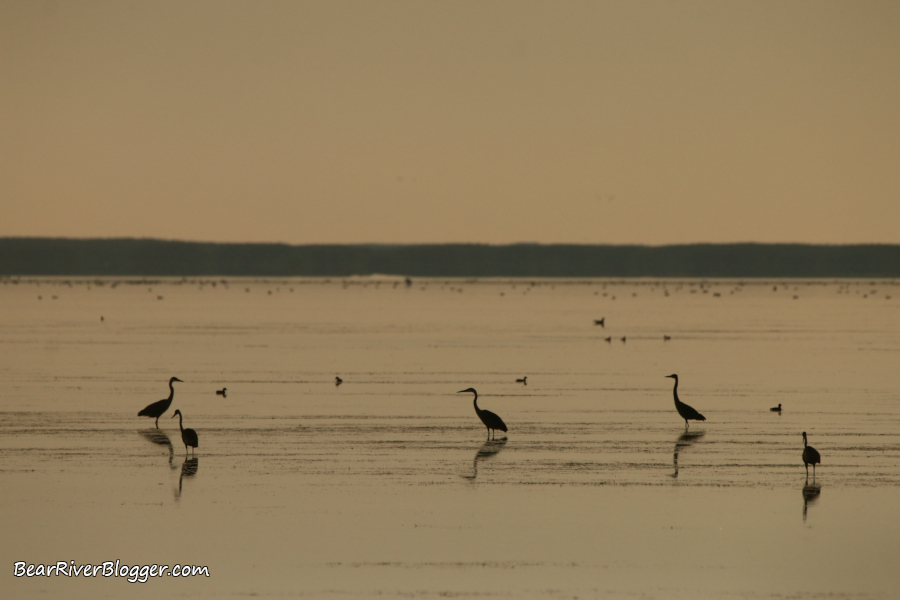
Typically outside of nesting in rookeries, great blue herons are solitary birds, ones that commonly chase other great blue herons away from a favored fishing spot, so it’s quite interesting to see so many birds in these loose groups during the summer months, possibly being the young of the year and a plausible explanation for the large, loose groups of herons.
Despite the great blue herons, the most impressive sight to behold, however, was the very large numbers of American white pelicans that covered not only the south end of the auto loop but were also feeding in sizeable flocks on the east portion of the large impoundment.
I am still waiting to hear the final numbers but a recent email conversation with John Luft, Great Salt Lake Ecosystem Program Manager for the Utah Division of Wildlife Resources, gives us birdwatchers hope that the pelicans had a good breeding season this year as he mentioned a portion of the birds may have found some nesting success on both their traditional pelican nesting site, Gunnison Island, and a new location, Hat Island that is located just west of Antelope Island State Park and hasn’t seen nesting pelicans since 1943.
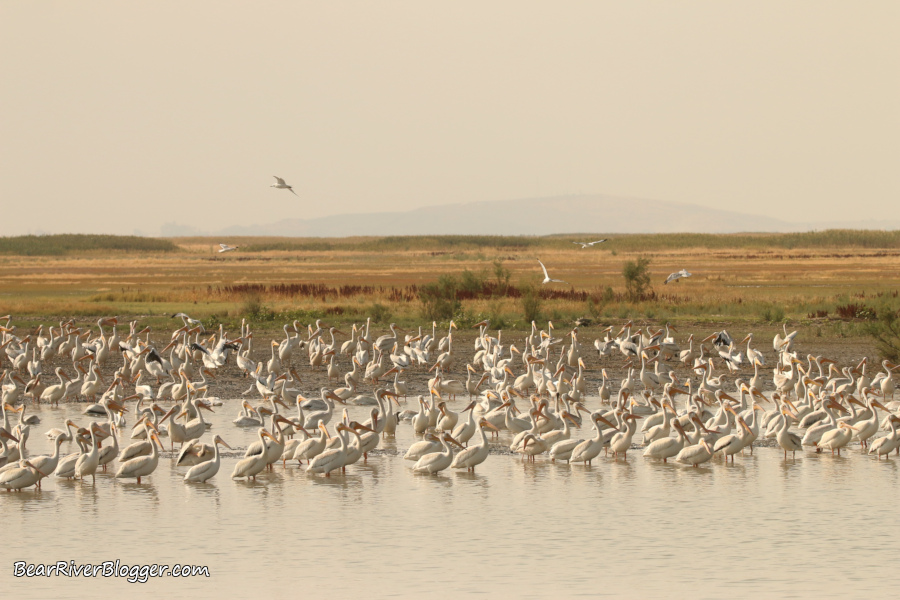
Pelicans are commonly found on the Bear River Migratory Bird Refuge each summer as they come to feed on the carp and other species of fish but up until yesterday sightings of American white pelicans, for me at least, on the refuge have been pretty low and spotty at best.
This overall upward tick in bird numbers isn’t limited to just the refuge, mind you, as a recent birdwatching trip to the Antelope Island causeway showed that Wilson’s phalaropes are currently congregating in very large numbers on the Great Salt Lake with a good number of American avocets and black-necked stilts there as well, all feeding heavily before migrating south for the winter.
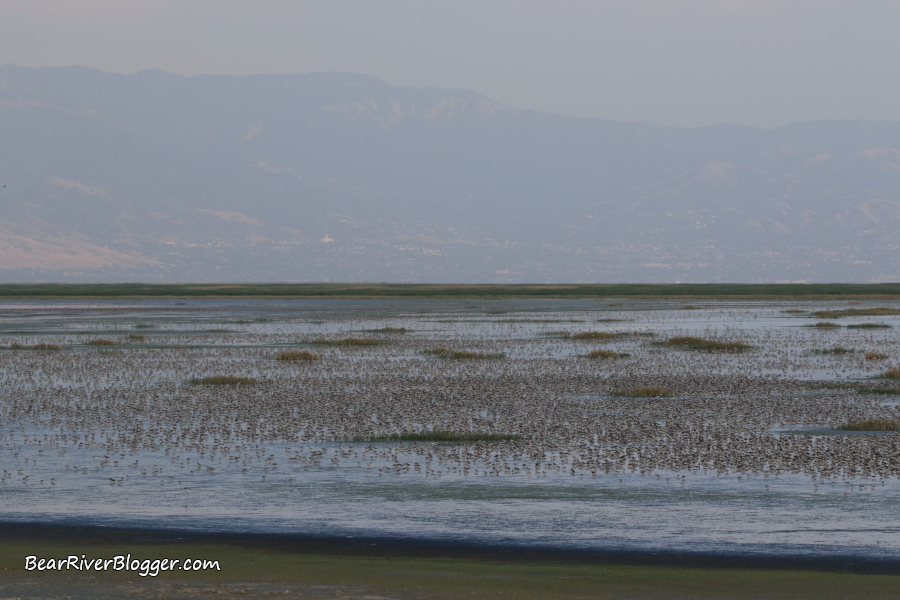
Yesterday was indeed a breath of fresh air as numerous birds of many species were found along the Bear River Migratory Bird Refuge auto tour route in large groups, giving cause to believe fall migration is near and migratory birds on the refuge and adjoining Great Salt Lake are getting ready to leave when the call beacons.
I would go as far as to say yesterday was most certainly the best day of birdwatching and photography I’ve had on the Bear River Migratory Bird Refuge auto tour route since the middle part of May and hopefully, that streak will continue as we head into fall.
If birdwatching and nature photography are your passions, like it is for us, we offer you to head on over to our subscribe page and sign up for email notifications for future blog posts like this one where we share our love for nature through photography and the written word.
We also suggest sharing any posts you particularly like online with your birding friends and family to help encourage others to get interested in and enjoy nature photography and birdwatching like we do.
(Snowy Egret Catching A Small Fish. For short nature photography tips and interesting stories about the natural world around us, subscribe to our Bear River Blogger channel on YouTube for videos and updates from our travels while out in nature, both on and off of the famed Bear River Migratory Bird Refuge.)
